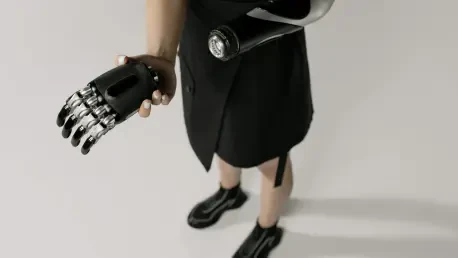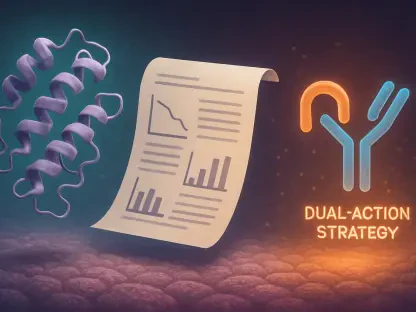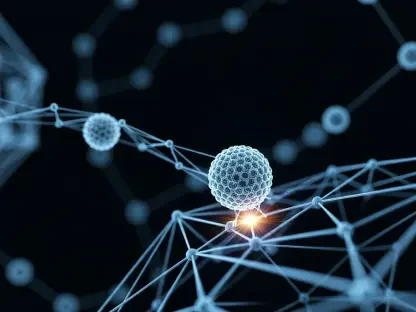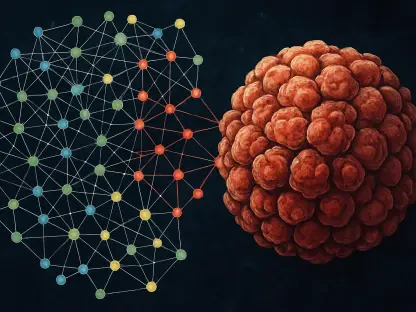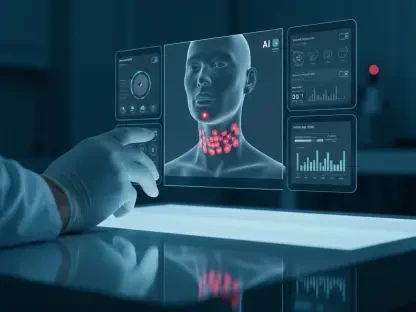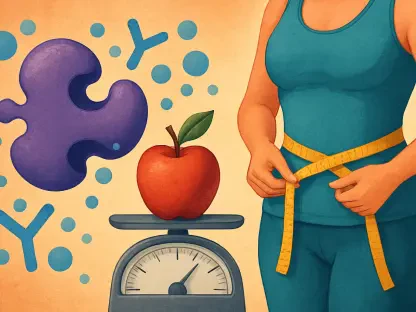In an era where technology continuously pushes boundaries, a remarkable advancement in robotics has emerged from AgileX Robotics, captivating the attention of scientists and engineers alike with its innovative design. This pioneering company has introduced a system that pairs the PiPER robotic arm with the Linkerbot Chius dexterous hand, demonstrating an extraordinary level of human-like precision and adaptability in laboratory tasks. A recent showcase revealed the system’s ability to handle delicate instruments and perform complex procedures with a finesse that mirrors human movements. This breakthrough not only highlights the rapid evolution of robotic capabilities but also signals a transformative potential for automation across various fields. From scientific research to industrial applications, the integration of these advanced components suggests a future where machines can seamlessly complement human efforts in intricate and repetitive tasks, sparking curiosity about the broader implications of such technology.
Precision That Mirrors Human Skill
The defining strength of the PiPER arm and Chius hand system lies in its ability to replicate human dexterity with stunning accuracy. Tasks that typically challenge robotic systems, such as delicately handling a spoon, pipetting precise amounts of liquid, or securely capping bottles, are executed with fluid, natural motions. This level of precision is not just a technical achievement; it addresses critical needs in laboratory environments where consistency and care are essential. By performing these actions without faltering, the system minimizes the risk of errors that could compromise experiments or damage sensitive materials. Such capabilities position this technology as a game-changer for settings that demand meticulous attention to detail, ensuring that even the most subtle movements are carried out with the same finesse as a skilled human hand.
Moreover, this precision extends beyond simple tasks to more intricate laboratory procedures that require a nuanced balance of force and control. Shaking test tubes or adjusting small components, for instance, showcases the system’s capacity to adapt its grip and pressure in real time. This adaptability is vital in preventing mishaps like spills or breakages, which are common concerns in manual operations. The smooth coordination between the PiPER arm and Chius hand reflects a sophisticated design that prioritizes safety alongside accuracy. As a result, researchers can rely on this technology to handle repetitive tasks tirelessly, freeing up human resources for more analytical and creative endeavors. This blend of reliability and skill underscores a significant step forward in bridging the gap between human and machine capabilities.
Adaptability Across Diverse Challenges
Another hallmark of this robotic system is its exceptional versatility, making it suitable for a wide array of environments and challenges. The Chius hand, equipped with adaptive grasping technology, effortlessly manages objects of varying shapes, sizes, and weights, ensuring a secure hold regardless of the item’s characteristics. Meanwhile, the PiPER arm demonstrates resilience by functioning effectively across a broad temperature spectrum and in diverse settings, from sterile labs to more rugged industrial spaces. This flexibility means the system can transition between different tasks and conditions without requiring extensive recalibration or adjustments, offering a practical solution for dynamic workplaces where needs can shift rapidly.
This adaptability also translates into tangible benefits for efficiency in both research and production contexts. By automating tasks that would otherwise demand significant human time and effort, the system streamlines workflows and reduces the likelihood of fatigue-related mistakes. Laboratories dealing with high volumes of repetitive processes, for example, can achieve faster turnaround times without sacrificing quality. Similarly, industrial settings benefit from the ability to handle varied materials and conditions with consistent performance. The potential to customize the system’s applications further enhances its appeal, suggesting that it can evolve alongside specific operational demands. Such broad applicability highlights how this technology is not just a tool, but a foundational element for future automation strategies.
Innovation Driving Robotic Excellence
At the heart of this system’s impressive performance are the cutting-edge features integrated into both the PiPER arm and the Chius hand. The PiPER arm, constructed from a lightweight yet robust aluminum-alloy frame, weighs just over 9 pounds while supporting a payload of up to 3.3 pounds. Its precision, measured at an accuracy of ±0.1 mm, ensures exact movements critical for delicate tasks. Additionally, the arm offers multiple control methods, ranging from intuitive tablet interfaces to advanced programming options like Python and compatibility with ROS platforms. These features make it accessible to users with varying technical expertise, broadening its usability across different sectors.
Complementing the arm, the Chius hand introduces groundbreaking capabilities with up to 25 degrees of freedom in certain models, allowing for intricate maneuvers akin to human fingers. Its force perception technology enables careful handling of fragile objects by detecting and adjusting pressure as needed, while wireless communication enhances operational flexibility. These innovations collectively empower the system to tackle complex manipulation challenges that were previously beyond the reach of robotic solutions. The synergy of lightweight design, precise control, and advanced sensory feedback positions this technology as a leader in the field, paving the way for more sophisticated human-machine interactions in specialized environments.
Shaping the Future of Human-Machine Synergy
The implications of this robotic system extend far beyond current applications, pointing to a transformative shift in how automation integrates into specialized fields. By combining high precision, remarkable adaptability, and user-friendly controls, the PiPER arm and Chius hand enable robots to collaborate with humans in settings like laboratories and industrial plants with unprecedented ease. This collaboration enhances safety by reducing human exposure to hazardous tasks, such as handling toxic substances or operating in extreme conditions. Furthermore, the potential for applications in medical rehabilitation—where delicate motor skills are crucial—suggests a wide-reaching impact that could improve quality of life through assistive technology.
Looking ahead, this system’s development reflects a broader industry trend toward seamless human-machine partnerships. The focus on intuitive design and real-time adaptability indicates a future where robots are not just tools, but active contributors to complex workflows. As industries continue to adopt such technologies over the coming years, starting from now through the next few cycles of innovation, the emphasis will likely shift toward even greater customization and integration. This could mean tailoring systems for specific research needs or embedding them into everyday medical practices. The strides made by AgileX Robotics serve as a catalyst, inspiring further exploration into how automation can enhance human capabilities across diverse domains.
